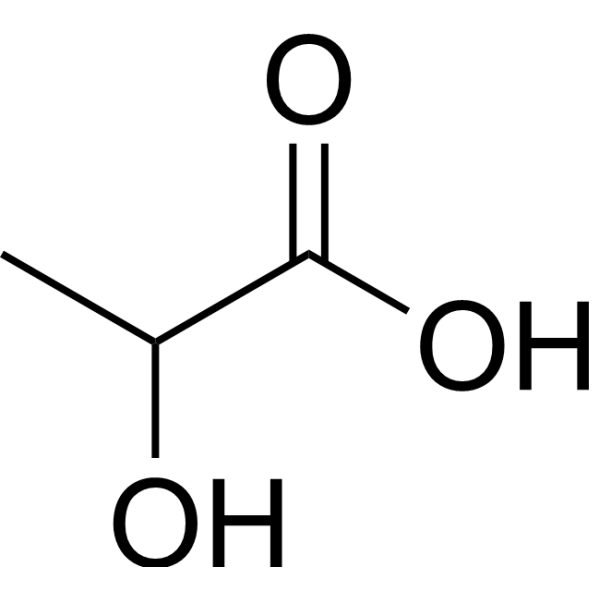Exfoliating explained
I invite you to walk with me through Sephora. Please, take notes. Walk straight past the makeup counters and avoid the temptation of the perfume aisle. Please, let’s stay focused on skincare. What do you see? A salicylic acid face wash? A glycolic acid toner? Enzyme exfoliating serum? Oh, look I found a mask! Wait— it’s another fucking exfoliating product.
Cosmeceutical manufacturers have found a way to incorporate exfoliating acids and enzymes into skincare products of every category. I’ve had enough.
Exfoliating removes the cells in the upper level of the epidermis
either by physical removal or by dissolving the bonds that hold the cells together. These cells regularly harden, die, and fall off in cycles of about 28 days. This cycle can slow down with age. Much like you, your skin constantly reinvents itself.
Consistent exfoliation supports this naturally occurring process. Exfoliate in properly and you’ll be rewarded with brighter, fresher, looking skin. Take it too far, and you’ll end up with a compromised skin barrier. So how do you do it right? There are no hard and fast rules, but a few guidelines can keep you regular
Don’t over do it: best to start a couple times a week and work yourself up as your skin gets used to the treatment
Pay close attention: take a good long look in the mirror. What do you see? Redness? Flakiness? How does your skin feel hot? Red ? Irritated? You might need to pump the brakes
There are mechanical and chemical exfoliants
Chemical exfoliants include alpha hydroxy acids, beta hydroxy acids, and poly hydroxy acids.
Salicylic Acid
This Beta Hydroxy Acid is lipophillic, meaning that it is (partially) attracted to oil. When applied topically It penetrates your pores and takes with it the excess sebum that leads to congestion and acne. It was originally derived from Willow Bark Trees.
This Beta Hydroxy Acid is lipophillic, meaning that it is (partially) attracted to oil. When applied topically It penetrates your pores and takes with it the excess sebum that leads to congestion and acne. It was originally derived from Willow Bark Trees.
Glycolic Acid
Glycolic acid is an Alpha hydroxy acids (AHA). AHAs are my absolute favorite type of exfoliant! Not only do they provide all the benefits of a routine exfoliant, but they also trigger several changes in your skin’s functioning.
Glycolic acid reduces the burden of matrix metalloproteinases (collagen-degrading proteins). They’ve also been shown to increase the production of water-binding molecules known as glucosaminoglycans, which provide moisture to the skin. It’s effective and pretty tolerable, so there’s no wonder why it is the most popular of the alpha hyroxy acids.
Lactic Acid
Lactic acid is another AHA. It’s also a humectant, so it’s great for people with dry skin. Because of its large molecular size, it does not penetrate as deeply as glycolic acid, making it less irritating. It’s more effective at treating sun-damaged skin, and it also increases the ceramides in your skin (one of three oily lipids in your skin that’s important for keeping your skin barrier waterproof and preventing TEWL).
Polyhydroxy Acids
After decades of research into the mechanism of action of Alpha and Beta Hydroxy acids, chemists designed a much gentler alternative. These acids have multiple Hydroxy (-OH) groups. Their larger molecular size limits their ability to penetrate your skin barrier, and therefore their ability to sensitize your skin. Gluconolactone and lactobionic acid are two commonly used PHAs.
So, what should you use?
The truth is, it’s complicated. The best product choice will vary depending on your goals, the type of exfoliator you use, and your existing skincare routine. For example, if you’re using a daily exfoliating cleanser, I wouldn’t recommend adding an exfoliating serum to your routine. Leave-on products (serums and creams) will be more effective than wash-off products (cleansers and masks), but that means they can potentially be more irritating.
If you’re unsure when and how to exfoliate, ask your favorite esthetician for advice. I provide free skincare consultations and would love to help you find the best products that work for you!



